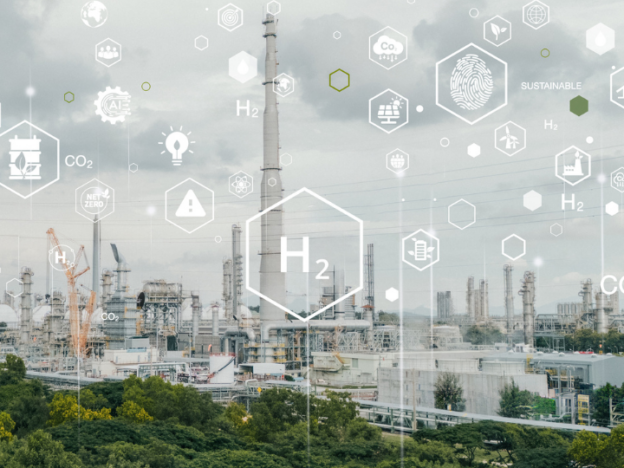Description
Date: 13 November, 2024, 13.00 UTC. Webinar
Estimated Time: 1 hr
Language: English
Summary of the lecture
Global steel production relies 70% on the iron ore-based BF/BOF route and 30% on the mainly scrap-based EAF route. Due to limited scrap availability, iron ore remains essential. For efficient EAF steel production, DRI from ores with over 65% Fe and low slag-forming elements is ideal, yet only 20% of available ores meet this criterion.
The carbon-based BF process, on the other hand, primarily uses ores with less than 65% Fe, which make up most of global production. As a result, technological advances focus on hybrid reduction and smelting processes to convert low- and medium-grade ores into green pig iron or crude steel using hydrogen. Processing iron ore in its natural grain size via hydrogen in fluidized bed or plasma methods also offers a path to sustainable steelmaking.
What you will learn:
- Basics of the climate change and roadmaps to climate neutral iron and steelmaking.
- Preconditions for raw materials and energy supply to execute the transformation process.
- Compare TRL of technologies and development cycles.
Speaker Introduction

Thomas Buergler
Managing Director/Senior Expert, K1-MET/voestalpine, Austria
Thomas Buergler is Managing Director of the Competence Center K1-MET for Metallurgical and Environmental Process Development, Senior Expert of voestalpine Steel Divison for climate-neutral steelmaking and Board Member of the Hydrogen Flagship Region Austria.
Graduated in Metallurgy at the University in Leoben, his more than 30 years of professional experience as project and research manager includes the development of classic and alternative process routes in steelmaking, direct and smelting reduction, processing of raw materials and recycling of steelmaking by-products.
Latest projects are the hydrogen production with PEM technology, the transformation BF/BOF to DR/SAF/EAF steelmaking, the development of hydrogen based direct and smelting reduction processes for ultrafine iron ores and sector coupling with CO2.
Course Content




